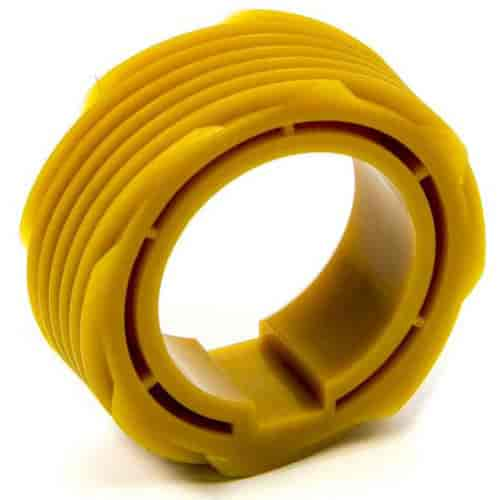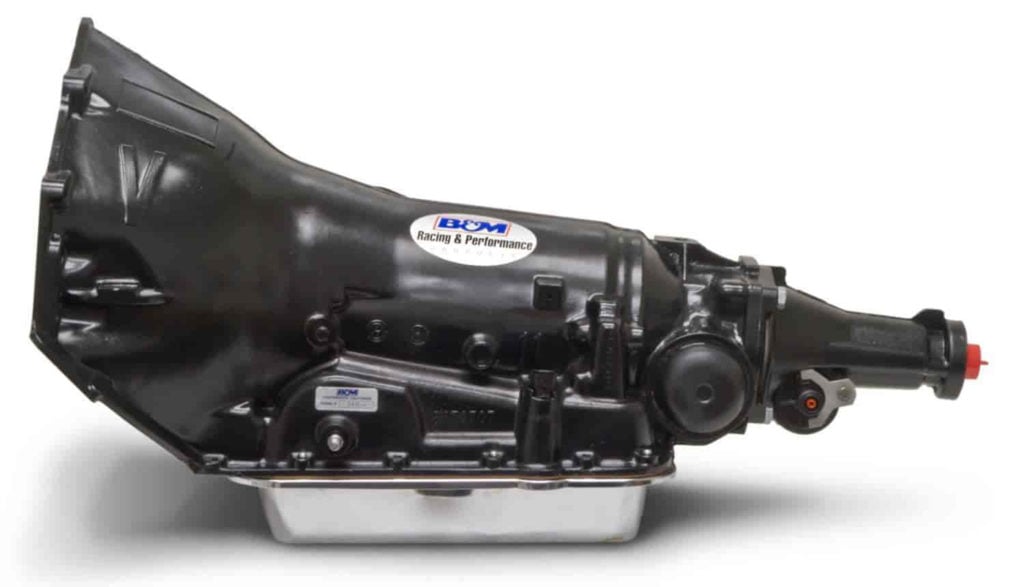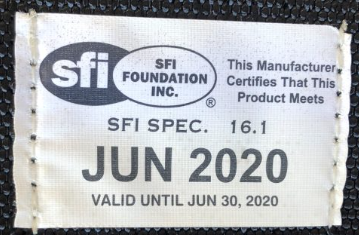Sign up now to join the JEGS email newsletter and be the first to learn about new products, special deals and e-mail only offers!



We needn't tell you that your speedometer is one of the most crucial pieces of equipment on your car. In fact, a malfunctioning or non-functional speedometer can actually get you in trouble, as it’s illegal in some states to drive around with this condition. That’s why you need to ensure that your speedometer is not only functioning but working to a reasonable degree of accuracy. Speedo error is not only a fast way to get a ticket, it’s dangerous as well. Imagine thinking you’re doing 70mph when you’re actually nearer to 80mph?
Did you know that your speedometer’s accuracy can be affected by several factors? One factor is when your tires wear down. As they wear down, their circumference shrinks, which means that the tire travels less per revolution. This results in speedometer inaccuracy. However, you needn’t worry too much about speedometer inaccuracy caused by worn tires. The percentage of inaccuracy is likely to be minuscule, less than 1%. Furthermore, since your tires are traveling less per rotation, your speedometer will be actually indicating higher than your actual road speed. This means you aren’t likely to get a speeding ticket if you’re going at, or below the speed limit with tires that are less than new. Remember though, worn tires come with their own set of dangers which we’ve talked about in other articles.
However, there are some circumstances where your speedometer can actually present a lower value than your actual road speed. This can easily earn you a speeding ticket, and possibly get you more than a citation if you engage in a heated argument with the cops. When you upsize your wheels and tires, their overall diameter and circumference increases over stock. Your tires now roll further for each revolution that they make, and hence you travel faster at the same rotational speed. Imagine that you’ve significantly upsized your tires such that their circumference is 10% larger than stock. Your speedometer error will be 10%, meaning that when you see 50mph on the dial or display, your actual road speed is nearer 55mph. 70mph on the dial or screen will mean you’re going about 77mph, in reality.
In this article, we’ll delve into the world of speedometer gears, exploring what they are, their significance, and how to select the right speedometer gears. Whether you've modified your vehicle's wheels and tires or adjusted your differential ring and pinion gear ratio, understanding speedometer gears is essential for maintaining accurate speed readings.

Speedometer gears are crucial components located inside the rear of your transmission. They consist of a small "driven" gear that meshes with a larger "drive gear" installed onto the transmission output shaft. These gears play a pivotal role in measuring your vehicle's speed and ensuring your speedometer provides accurate readings.

Sign up now to join the JEGS email newsletter and be the first to learn about new products, special deals and e-mail only offers!

Selecting the appropriate speedometer gears can be a critical task, especially when making changes to your vehicle's setup. There are two methods to achieve this.



For those who enjoy solving mathematical puzzles, calculating the necessary gear type yourself is an option. You'll need to figure out how many revolutions the new tire will require to travel one mile, understand the axle ratio, and know the number of teeth on the speedometer drive gear. Using a formula, you can calculate the precise number of teeth that the driven gear should have.
To calculate the number of driven gear teeth, multiply the number of drive gear teeth by your differential/axle ratio and divide it by the tire revolutions per mile (which is approximately 0.20168 divided by the tire diameter/height in inches).


Use the following calculator to input the necessary details and determine the correct corresponding gear tooth count for your speedometer:
(input the type of gear and number of teeth to see the correct corresponding gear tooth count)
Rear Axle Ratio:
Tire Diameter (in inches):
Select Gear Type:
Number Of Gear Teeth:
If you're uncertain about your tire's diameter, you can measure it from the bottom to the top or input your tire size into the calculator.
(Enter the size on the tire as separate measurements. For example, P235/60R15 is entered as 235 for width, 60 for aspect ratio, and 15 for wheel diameter)
Width (in millimeters):
Aspect Ratio (percentage):
Wheel Diameter (in inches):
By selecting the appropriate speedometer gears, you can ensure that your speedometer provides accurate readings, regardless of any modifications made to your vehicle.
Speedometer drive gears are typically located at the rear of your vehicle's transmission, where they connect to the transmission's output shaft. This placement allows them to accurately measure the transmission's output shaft speed, which is essential for determining your vehicle's road speed.
The cost of speedometer gears can vary depending on factors like their type, manufacturer, and compatibility with your vehicle. OEM (Original Equipment Manufacturer) replacement gears that match your vehicle's specifications are often readily available and may cost less than specialized or aftermarket options. To get an accurate estimate of the cost, it's recommended to consult with experts or browse through our selection of speedometer gears on our website.
If you're searching for a one-stop shop for all your automotive needs, look no further than JEGS. Founded in 1960 by Jeg Coughlin, JEGS has remained a trusted source for replacement parts, servicing items, and performance components. With competitive prices, an extensive product range, and unparalleled after-sales service, JEGS continues to serve millions of satisfied customers. Experience the convenience and quality of JEGS products and services – you'll be hooked.




